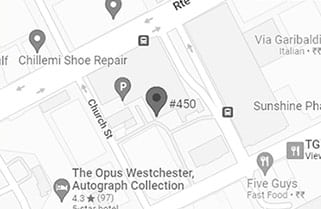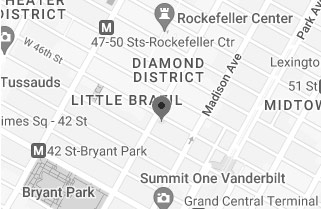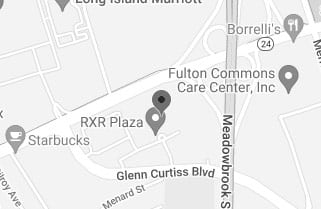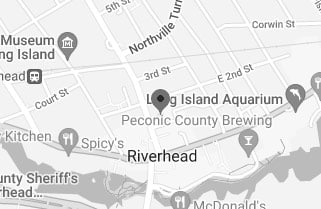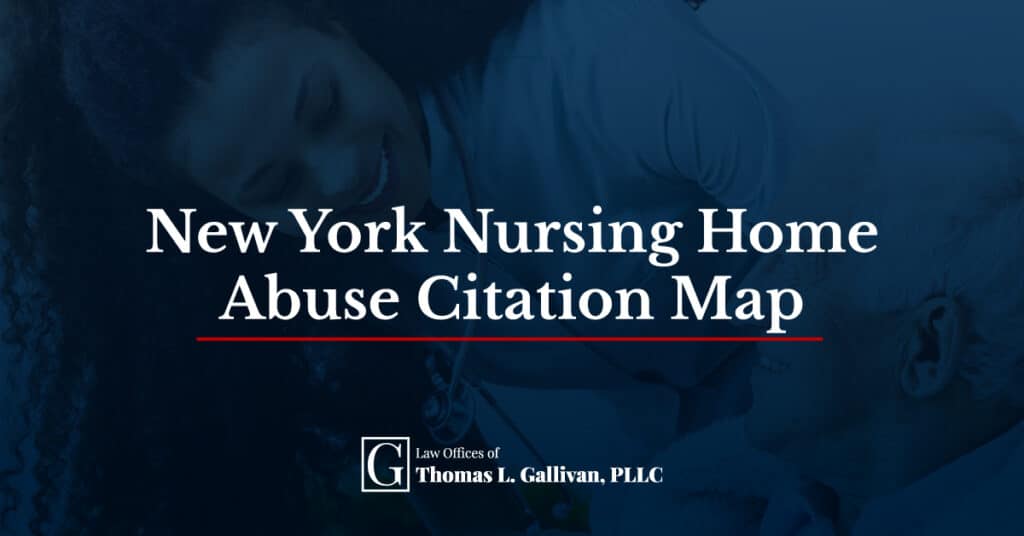
For many people, there comes a point in time when it is no longer safe to live on their own. Making the decision to either go to a nursing home or put a loved one in a home can be emotionally fraught. It can be made even more complicated by the reality that abuse and neglect happen far too often in care facilities.
Residents of nursing homes are uniquely vulnerable to neglect and physical, emotional, financial, and sexual abuse. Before making a decision on a nursing home, it is important to understand the facility’s history when it comes to abuse, neglect, and exploitation. Our New York nursing home abuse citation map can help you easily determine whether a particular nursing home has been cited by the state for abuse and neglect.
The Law Offices of Thomas L. Gallivan is dedicated to protecting nursing home residents from all types of abuse and neglect. We collaborate with families to bring claims against nursing homes and others who have harmed their residents. To learn more or to schedule a free initial consultation with a nursing home abuse lawyer, reach out to our law firm today.
How Are Nursing Homes Evaluated in New York?
The New York State Department of Health licenses nursing homes and conducts inspections of these facilities throughout the state. On the Department of Health website, you can search facilities to learn more about their services, number of beds, and more. This feature also provides ratings on issues like quality of care, resident safety, preventative care, quality of life, and resident status.
These ratings are based on quality measures from the Centers for Medicare and Medicaid Services (CMS). These measures look at a diverse set of data, such as the percentage of residents with pressure ulcers/bed sores (stage 4 bedsores), the percentage of residents who are given the appropriate vaccinations, and the percentage of residents who experienced one or more falls with injury.
These quality measures are a good way to decide whether a particular care facility is right for you or for a loved one. However, it is important to keep in mind that the numbers may vary considerably based on the type of residents that a nursing home accepts. For example, a facility that specializes in caring for people with dementia will typically have a higher percentage of residents on antipsychotic medications compared to a nursing home that doesn’t provide this service.
The other important aspect to focus on is the enforcement section. For each care facility, the Department of Health lists the number of complaints, citations, and any enforcement actions. The complaints are further broken down by category: administration, dietary services, other services, physical environment, quality of care, and resident rights. There is also additional detail provided about citations and enforcement actions.
Finding a nursing home for yourself or a loved one can be difficult. This tool is an important way to dig into details about a facility before making a final decision. Looking at these statistics can often reveal information that you won’t learn in a brochure, on the facility’s website, or during a guided tour of the nursing home.
